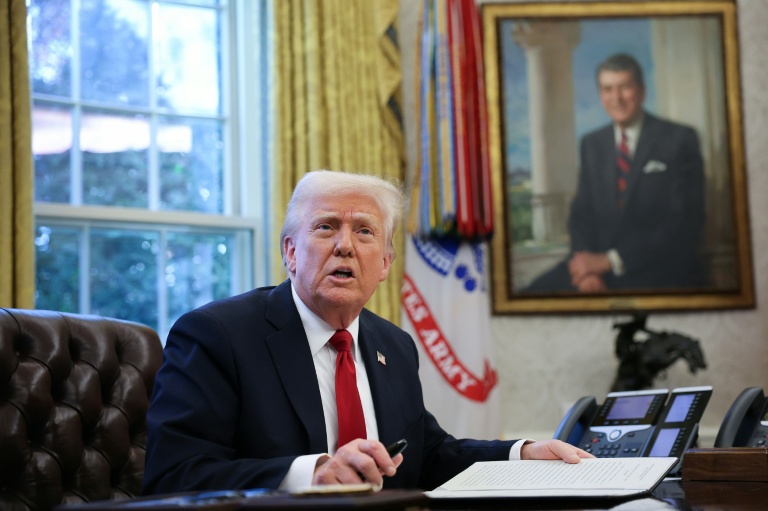China’s Finance ministry will inject 500 billion yuan (S$92 billion) into four of the nation’s largest state banks via share placements, following through on a pledge to beef up capital buffers.
Bank of Communications, Bank of China, Postal Savings Bank of China and China Construction Bank plan to raise up to a combined 520 billion yuan through additional offerings of mainland-traded stocks, according to filings on Sunday (Mar 30). The Ministry of Finance will be the top investor in all the proposed private placements, subscribing to 500 billion yuan in total.
China is beefing up the strength of its banking system – even though the top six lenders have capital levels that exceed requirements – after enacting a string of stimulus policies including cuts to mortgage and policy rates.
The banks will issue the new shares at a premium of 8.8 per cent to 21.5 per cent above their Friday closing levels in Shanghai in order to replenish core tier-1 capital. The banks all posted mild gains in early Shanghai trading.
The Finance Ministry will sell its first batch of 500 billion yuan of special sovereign bonds this year to support the injections into the four lenders, it said in a Monday statement, adding the move will bring long-term returns for investors.
China first flagged the plan to help out its top six lenders as far back as September and the government later said it would issue notes to fund the injections. The proposed injections into the four banks will fully utilise the 500 billion yuan bond quota that authorities pledged in early March, and any recapitalisation for Industrial & Commercial Bank of China and Agricultural Bank of China will depend on whether Beijing approves any additional quotas.
BT in your inbox
Start and end each day with the latest news stories and analyses delivered straight to your inbox.
“The move is aimed at boosting the big banks’ capability to service the real economy, allowing them to maintain relatively high asset growth, better support the emerging industries and cope with the downward pressure on margins amid rate cuts,” said Wang Jian, chief financial sector analyst at Guosen Securities Co.
Bloomberg Intelligence expects the injections to cause an annualised dilution of 4 per cent to 17 per cent for the banks’ earnings per share, along with narrower return on equity, analyst Francis Chan wrote in a note on Monday. Postal Savings Bank and Bank of Communications could see the worst dilution, but stronger capital boost than their peers, he said.
Enlisted to support the economy over the past few years, the lenders are battling record-low margins, slowing profit growth and rising bad debt. The sector’s net interest margin – a gauge of profitability – had slipped to 1.52 per cent at end-2024, the lowest ever.
Stronger capital buffers will allow lenders to potentially provide more loans as Beijing vowed greater support for sectors from property to consumer and technology to achieve a growth target of about 5 per cent this year. It’ll also serve China’s purpose to maintain financial stability and keep risks in check, while it contends with both domestic woes and tariff shocks from the US. BLOOMBERG







